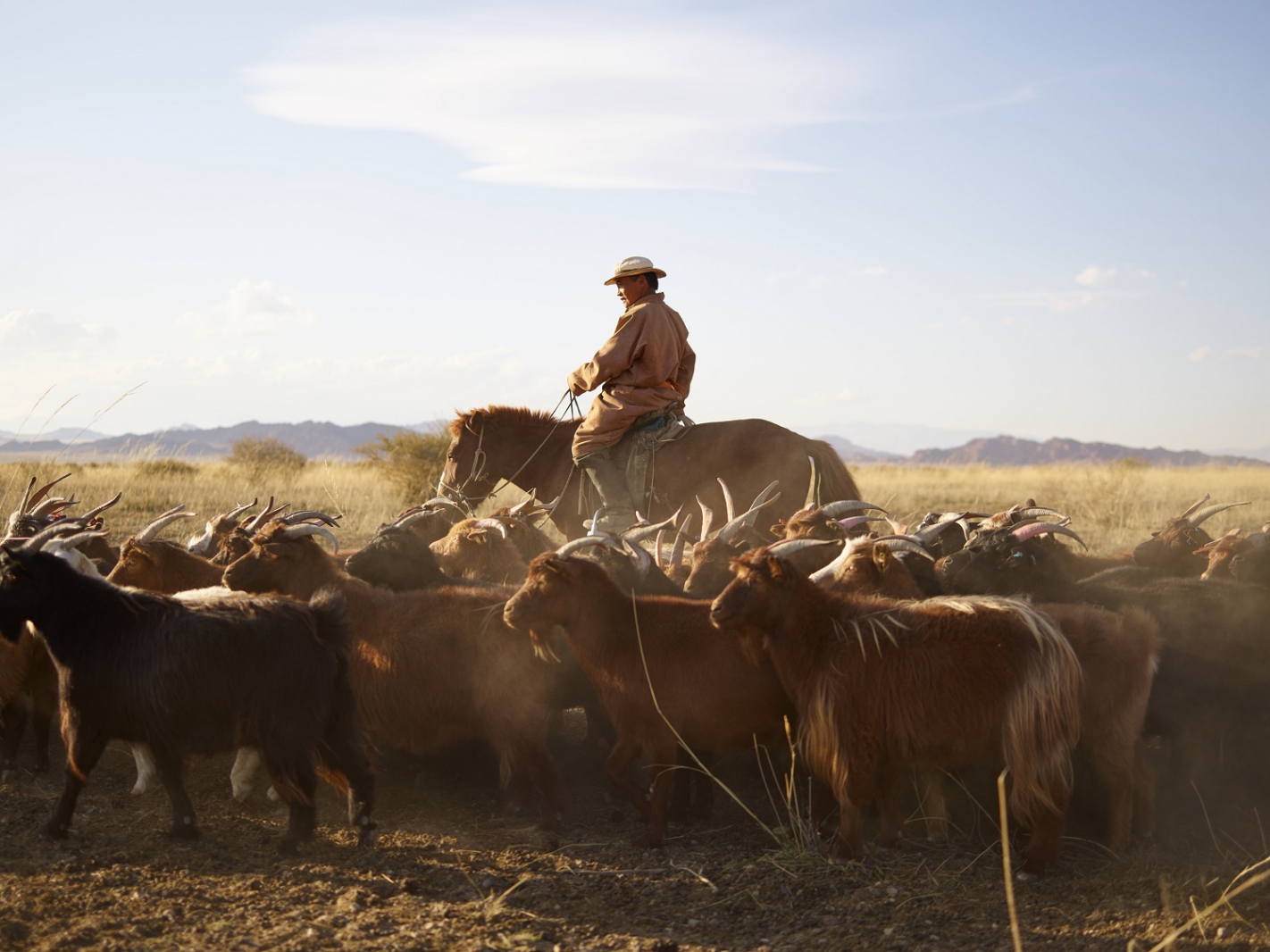Posted by Selena Travel / 07 26, 2024
Winter in Mongolia is not just a season; it's a way of life. As temperatures plummet and snow blankets the vast landscapes, Mongolians embark on a unique set of preparations to not only survive but thrive in the harsh winter months. This article delves into the fascinating traditions and practices that define how Mongolians prepare for winter, covering aspects like travel, nomadic lifestyles, and the hearty winter meals that keep them warm and nourished.
Nomadic Life in Winter
Mongolia is home to a nomadic culture that has endured for centuries. When winter descends, nomadic families pack up their yurts, or gers, and migrate to more sheltered areas to protect themselves and their livestock from the biting cold. In Mongolia, where traditional nomadic herding practices are prevalent, the slaughtering of livestock before winter is a common and longstanding tradition. Before winter sets in, herders carefully select specific animals for slaughter. Nomadic families often select older or weaker animals for slaughter, ensuring the survival of the herd by providing adequate resources during the harsh winter month.

The meat obtained from these animals is processed and preserved through various traditional methods, such as drying, smoking, or freezing. This preserved meat becomes a vital source of sustenance during the winter when fresh grazing is limited. Additionally, nomadic herders use almost every part of the slaughtered animals, including bones and organs, for various purposes.
In urban areas, particularly in cities like Ulaanbaatar, the lifestyle may differ significantly from traditional nomadic practices. People in urban settings often rely on modern food supply chains, markets, and supermarkets for their meat consumption. While some families in urban areas might still practice home slaughtering or purchase meat from local sources, the scale and nature of these practices may differ from traditional nomadic methods.
Winter Meals: Nourishing the Body and Soul
The preserved meat becomes a staple in the winter diet, forming the basis for various traditional dishes. Meat is often used in soups, stews, and dumplings, providing essential nutrients and energy needed to endure the cold temperatures. Traditional dishes like "buuz" (steamed dumplings filled with meat) and "tsuivan" (stir-fried noodles with meat and vegetables) are not only delicious but also provide the necessary energy to withstand the cold.
Exploring the culinary practices of Mongolians, such as making use of preserved food from the summer months, can shed light on the resourcefulness of these communities during winter.
Winter Travel in Mongolia
Traveling in Mongolia during winter presents a unique set of challenges and opportunities. The vast and pristine landscapes, covered in a blanket of snow, become a stunning backdrop for winter adventures. From the nomadic migrations to the popular winter festivals, such as Tsagaan Sar (Lunar New Year), the article can highlight the various ways Mongolians travel during this season.
Readers interested in visiting Mongolia in winter can be informed about the winter tourism options, like dog sledding, ice festivals, and the chance to witness the mesmerizing beauty of the Gobi Desert transformed by snow.
Mongolians approach winter with a unique blend of tradition, resilience, and resourcefulness. The nomadic lifestyle, winter travel experiences, and the hearty winter meals all contribute to a rich tapestry of life in Mongolia during the colder months. By understanding these preparations, one gains not only insight into a different way of life but also a profound appreciation for the spirit that defines winter in Mongolia.